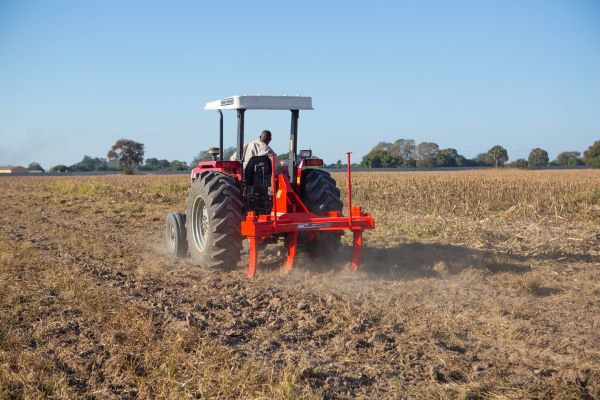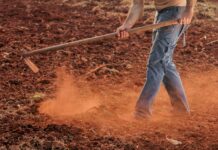Land preparation – Dr Ben Ngwene, AGCO
While the southern African region endures a persisting drought which started back in October 2018, planting season 2019 is fast approaching and farmers have to make crucial decisions on how to recover from last season’s double-digit decline in crop harvests. Land preparation is where everything begins. This is the big window of opportunity for farmers to prepare for summer grains and oilseed planting. And the recent forecast of improved regional rainfall and precipitation by the Southern African Development Community meteorologists is certainly encouraging news in the faith business of farming.
This year’s planting season is expected to start in late November which gives farmers from now till mid-November to apply best-practice cultivation techniques to prepare the land. With the understanding that we cultivate to create best soil-to-seed contact, and to avoid soil clods for optimal germination; we must consider the farm’s soil type, moisture level and the crop to grow. Check for soil compaction and if present, take the necessary action such as subsoiling or ripping to break the compacted layer. This will open up soil volume that has been previously unavailable to your crops.
The ideal cultivation technique is to move the soil as little as possible. That means minimising the size and the depth of cultivation by applying minimum tillage and cultivating the soil only where the plant is to be seeded. Less soil disturbance (rip instead of plough) will conserve more moisture and soil organic matter which is generally very low in African soils and one of the main reasons for low productivity. Soil organic matter (dead & decaying plant or animal material, and soil organisms) improve soil structure, retain and supply nutrient, and also retain moisture. So, be as conservative as possible with your tillage.
Ploughing creates a reasonably suitable seedbed but it has a negative effect to soil moisture and organic matter. A good quality, hard-wearing 2-5 tine subsoilers or riper made of high quality steel tines of 30mm thickness will achieve perfect deep breaking of the soil pan and a good finishing for seeding. Moisture and nutrient availability to your plants will be affected by how you cultivate your soil in the short and long term. It is also without saying, that growing the same crop on your land for several years simply depletes the soil nutrients. Crop rotation is always advisable – particularly rotating between maize and a legume like soybean or groundnut. This will enrich the soil with nitrogen and reduce farmers’ fertilizer costs.
So, with the rain forecast and the International Grains Council’s preliminary estimates for maize production for 2019/2020 projected to be 16% higher than the current season; the region can certainly anticipate a positive planting season. Just remember to prepare a fine seed bed for good soil-to-seed contact as we wait for the southern rains to provide us with adequate soil moisture to begin planting.








